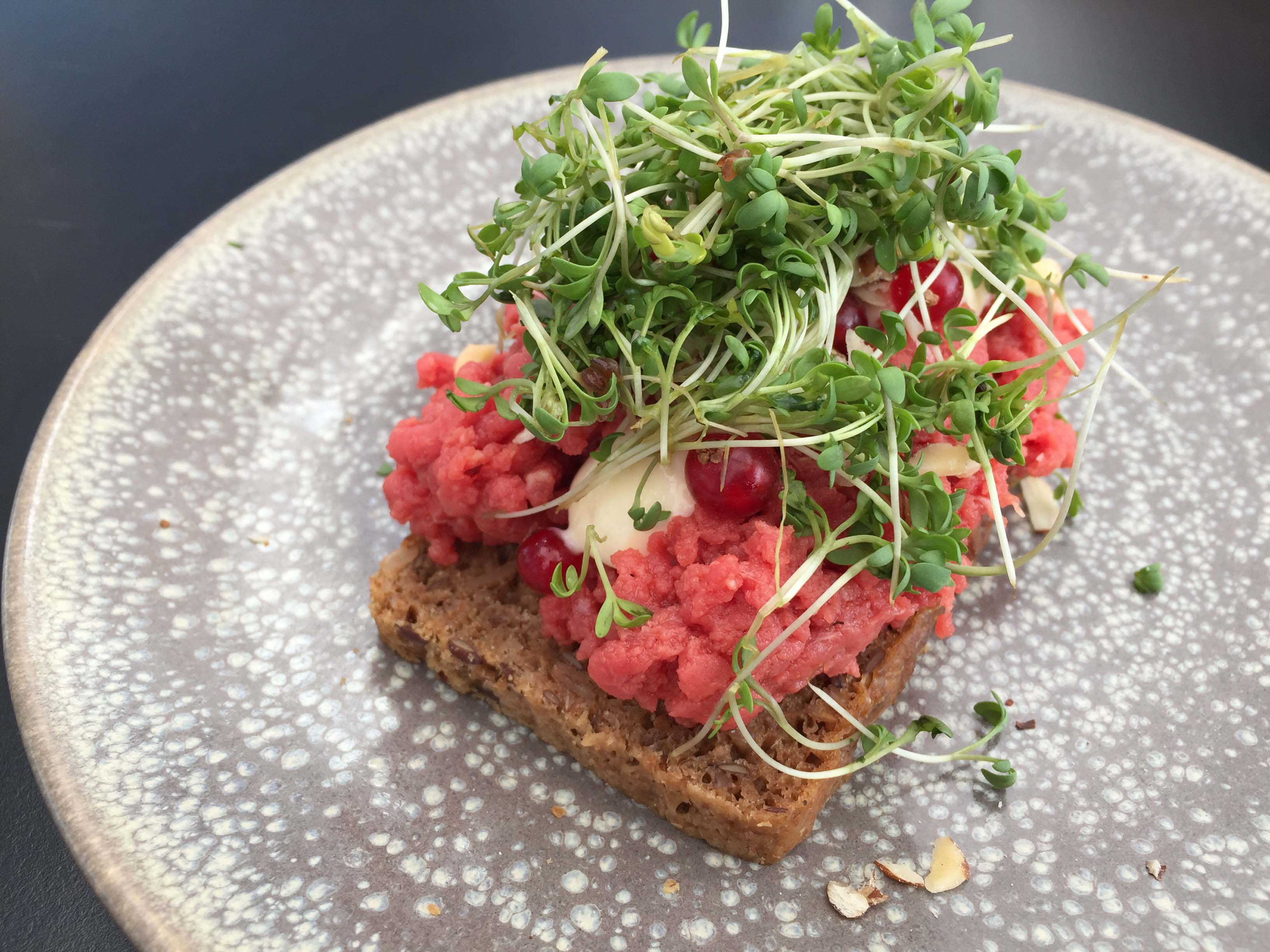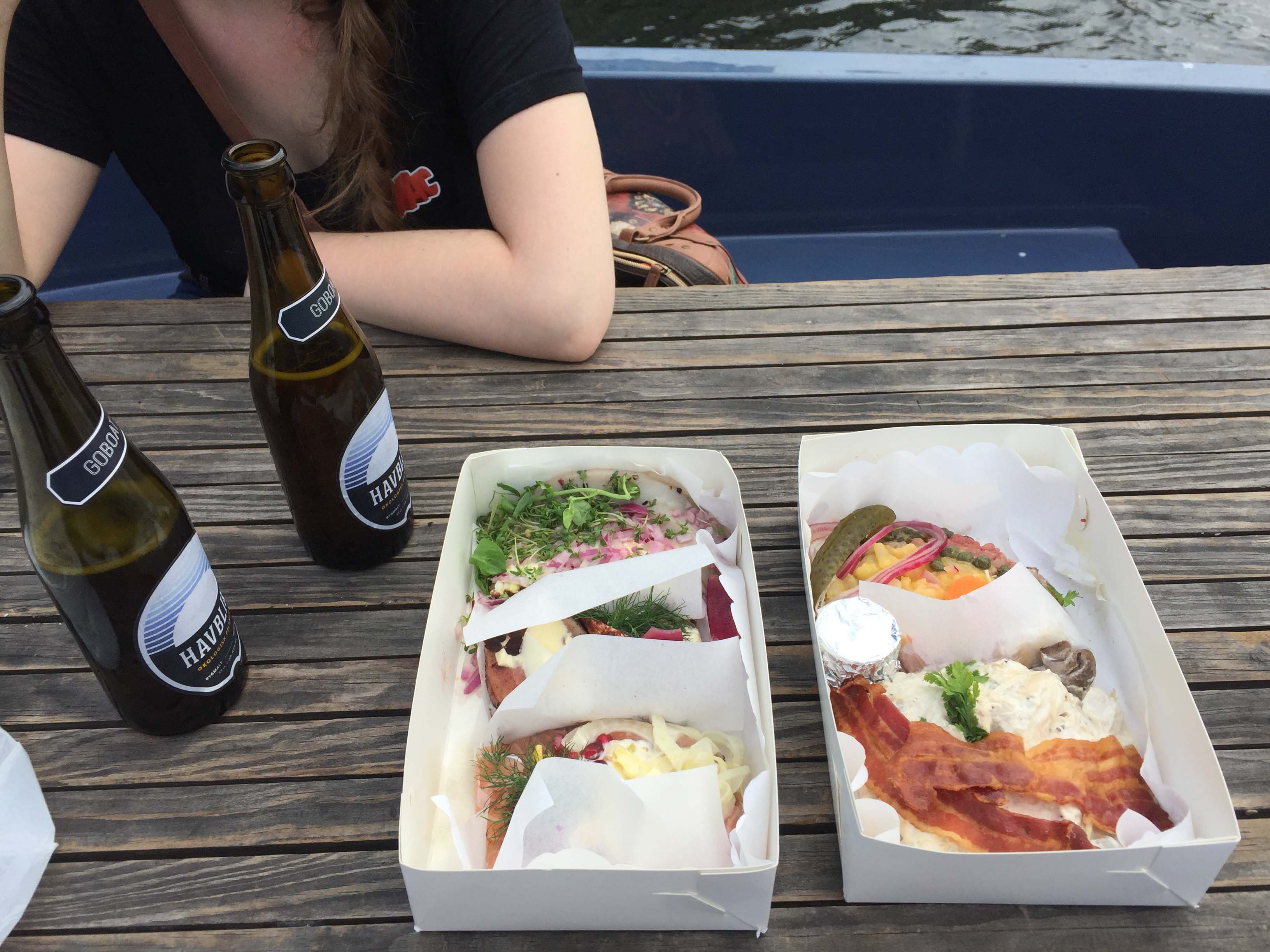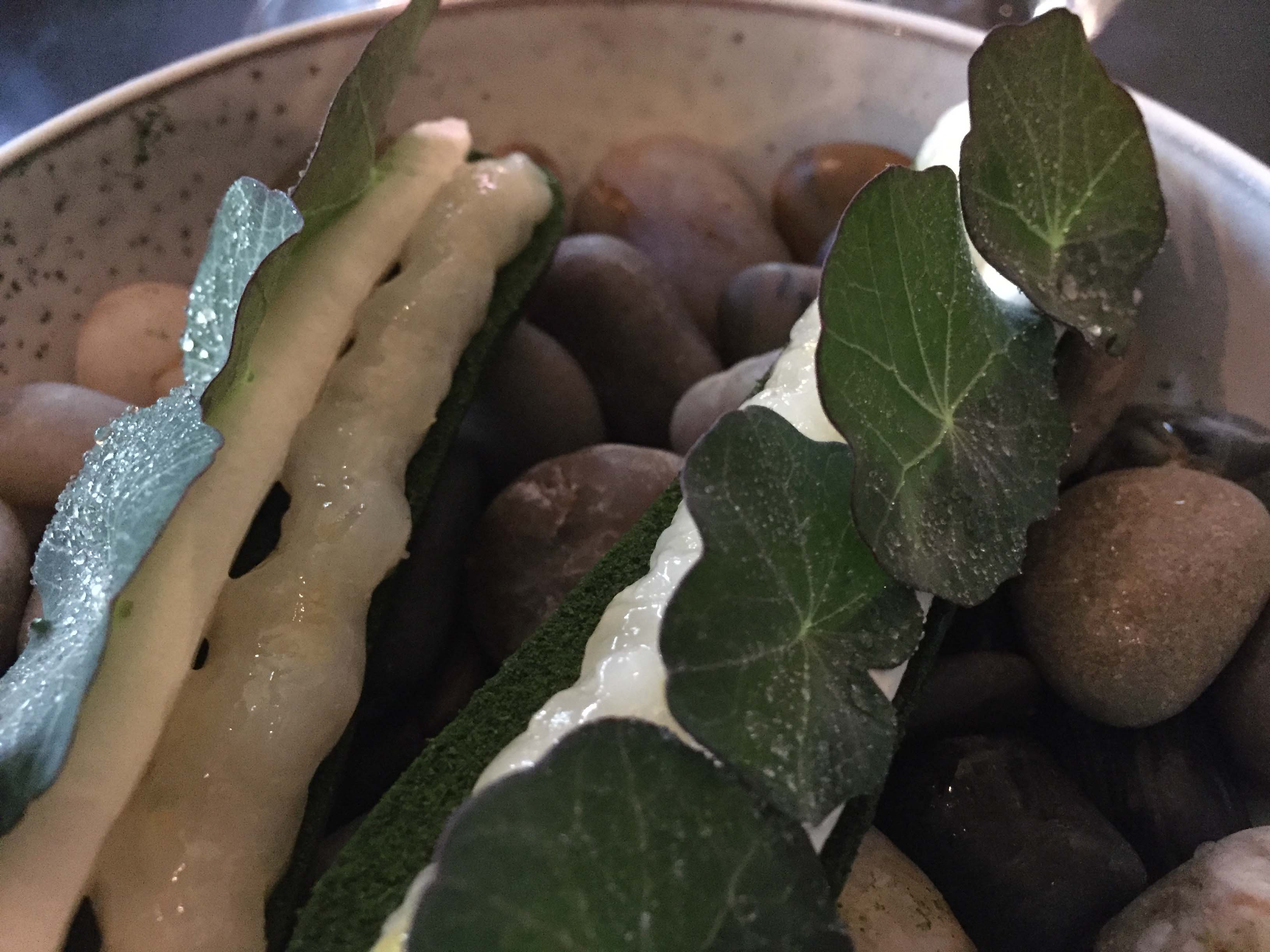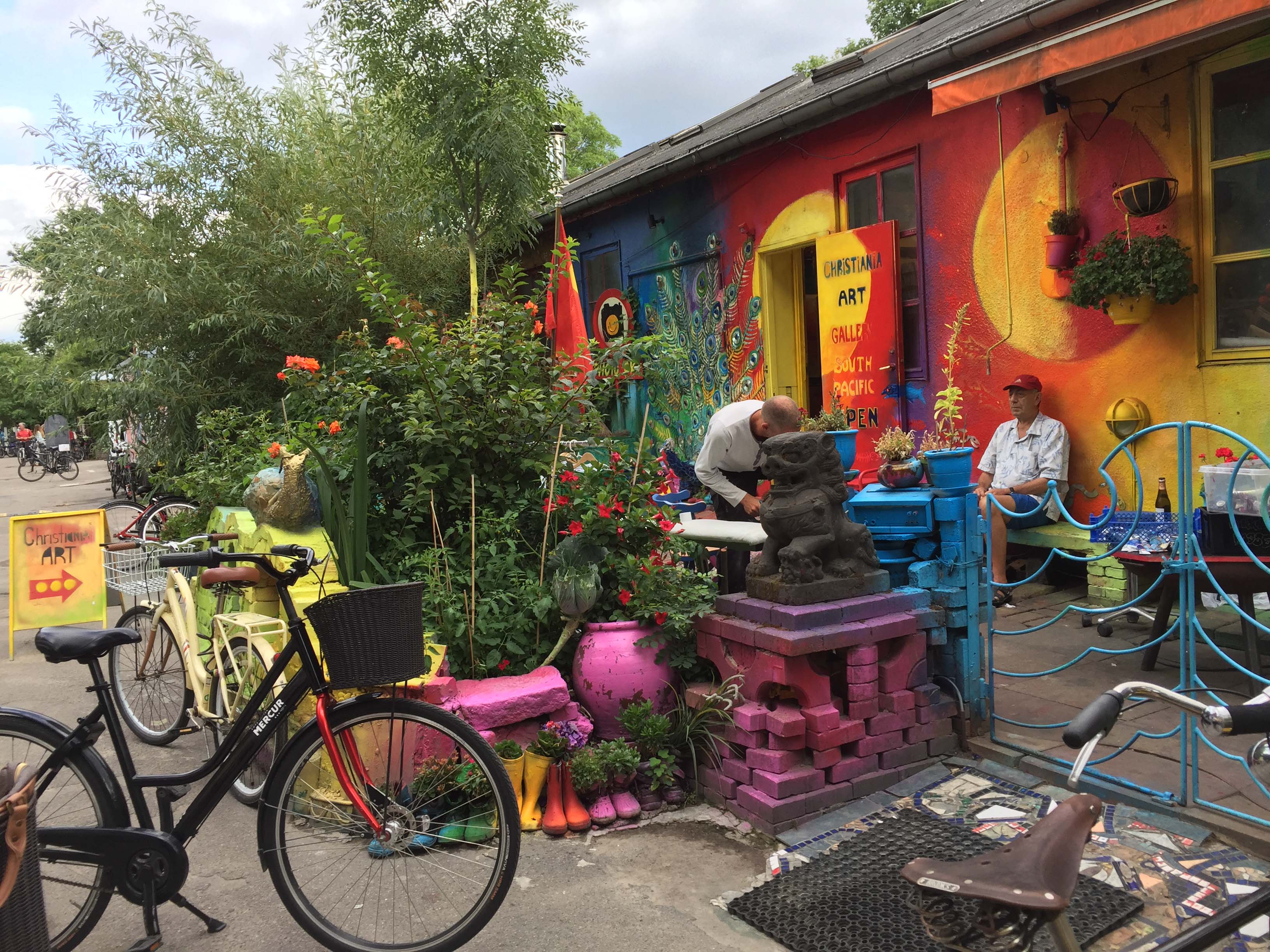Chiunque vada a Copenhagen torna sedotto dalla città. Chi dalla bellezza, chi dal decoro, chi dall’efficienza, chi dalla regalità e chi dalla facilità di percorrerla, a piedi o in bicicletta. Ma la vera seduzione sta nel suo “essere a misura”.
A misura di te, che vuoi camminare per assaporare il suo centro storico, il primo ad essere stato reso pedonale fin dal 1962; a misura di chi ama muoversi in bici, che trova a disposizione una rete ciclabile più efficiente di quella carrabile; a misura della misura del tuo portafoglio: nonostante sia una delle città più costose d’Europa, offre spazi e servizi pubblici accoglienti e gratuiti.
Comfort zone di vari tipi sono a disposizione in tutta la città per soddisfare le esigenze di grandi e piccoli, di turisti e residenti, di grandi aspettative culturali e di momenti di svago e di divertimento (il primo paesaggio urbano che si apre davanti all’ingresso alla città, la stazione ferroviaria, è dominato dai Giardini di Tivoli, uno dei più antichi parchi divertimenti inaugurato nel 1843).
Ma “essere a misura” non è caso né fortuna. È l’esito di un particolare atteggiamento nei confronti di qualsivoglia aspetto dell’esistenza che qui viene indicato con un termine apposito della lingua danese che non trova corrispondenza in altri idiomi: hygge.
Hygge, che potremmo tradurre in “sentirsi soddisfatti”, è strettamente correlato con la felicità. Non alla ricchezza, al prestigio né alla fortuna, ma al ben-fatto quotidiano, alla bellezza delle piccole cose, al tempo dedicato a se stessi, ai propri sentimenti e ai propri cari, alla qualità dello spazio vissuto, agli oggetti con cui amiamo arredare la nostra tana, all’apprezzamento della natura in tutte le sue variazioni stagionali e, ovviamente, al piacere che deriva dal cibo (preparare dei biscotti o sedersi davanti ad una tazza di caffè fumante è molto hygge!).
Questo sentimento potrebbe essere rappresentato dal diffusissimo gesto di accendere una candela. Quanto di più effimero – si potrebbe pensare! Ma qui, in una regione costretta a lunghi inverni oscuri, anche una piccola fiamma rappresenta la luce viva del sole, e diviene un momento intimo necessario.
Hygge è una vera e propria filosofia di vita che si riflette sui comportamenti collettivi e influenza le scelte individuali. L’eccellenza del design scandinavo, connotato dalla preferenza per i materiali naturali, dall’eleganza essenziale delle forme, dall’armoniosità degli accostamenti cromatici, può essere considerato come applicazione progettuale del concetto di hygge.
In Danimarca è considerato molto hygge dedicare del tempo alla preparazione del cibo, una delle cose che certamente ci dà felicità. Prendiamo ad esempio una fetta di pane imburrata: potrebbe essere uno dei pensieri più semplici in termini gastronomici. Ma nella cucina danese diventa lo smørrebrød (smør og brød, letteralmente “burro e pane”), una fetta di pane di segale imburrata e “arredata” con perfetti quanto arditi accostamenti di ingredienti. Tra le composizioni più apprezzate si annoverano: filetti di passera di mare al vapore e fritti, gamberetti, maionese, caviale rosso e limone; salmone affumicato, gamberetti, uova sode, limone e aneto; anguilla affumicata, uova strapazzate, ravanelli a fette ed erba cipollina tritata; fegato caldo tritato, pancetta e funghi saltati; carne arrostita a fette, salsa, rafano grattugiato e cipolla fritta; e ancora la tartarmad con carne di manzo cruda trita condita con sale e pepe, servita con anelli di cipolla, rafano grattugiato e tuorlo d’uovo; gli kartoffelmad, le varianti con le patate, e gli honsesalat, le varianti con il pollo.
Tartarmad del Café 8tallet, Copenhagen.
Gli ingredienti sono così raffinatamente disposti sopra le fette di pane e completati con guarnizioni di erbe aromatiche fresche e fiori edibili che si direbbe che siano stati progettati da un bravo designer! Qualcuno goffamente li chiama “panini aperti”, ma gli smørrebrød, a differenza dei panini, mettono orgogliosamente in mostra la loro trionfale composizione di ingredienti senza mai coprirla con un’altra fetta di pane!
Lo smørrebrød è una preparazione elaborata ma non è riservata a momenti speciali. È il pranzo di tutti i giorni, che puoi trovare in qualsiasi bistrot e persino al mercato di Torvehallerne, una delle più piacevoli, accessibili e democratiche comfort zone di Copenhagen. Fin dal primo mattino, gli edifici gemelli in acciaio e vetro del mercato ti accolgono per la prima colazione dove al posto del continentale croissant puoi immergenti nella cultura nordeuropea delle aringhe, del salmone e delle frikadeller (polpette di maiale fritte).
Oppure puoi riempire il tuo cestino da pic-nic di smørrebrød da assaporare su un GoBoat (piccola imbarcazione elettrica a noleggio, appositamente attrezzata con un tavolino centrale) mente la città ti scorre intorno navigando sull’Øresund.
Pic-nic su GoBoat lungo l’Øresund a base di smørrebrød e birre danesi.
La particolare attenzione nella scelta degli ingredienti, i ricercati accostamenti e la cura nella presentazione (tutti fattori molto hygge) hanno valso alla città ben 31 stelle Michelin assegnate a 26 ristoranti (dati del 2018). Ciò non vuol dire che per mangiare bene e “sentirsi soddisfatti” sia necessario spendere una fortuna in un ristorante stellato.
Entrée del Ristorante Mes, uno dei ristoranti stellati Michelin di Copenhagen.
Copenhagen offre comfort zone “alternative” come la città libera di Christiania, l’ex-base militare navale occupata agli inizi degli anni Settanta da una comunità di hippy e oggi abitata da circa 850 residenti che autogestiscono spazi e comportamenti nel quartiere. Qui per poche corone danesi puoi gustare ad esempio una deliziosa, sana e confortante zuppa del giorno in un locale vegetariano (non si riporta la ricetta della zuppa perché viene preparata ogni giorno con quello che c’è nell’orto), oppure bere energizzanti centrifugati di frutta o ancora, per chi apprezza, concedersi qualche momento di evasione fumando uno spinello (il cui commercio qui, per il momento, è ancora tollerato).
Non resta quindi che l’imbarazzo della scelta nel cercare la propria comfort zone tra quelle che Copenhagen offre e rintanarcisi dentro assaporando appieno il proprio, personalissimo, momento hygge!
La “città libera” di Christiania, un quartiere di Copenhagen con regole e comportamenti autogestiti dalla comunità dei residenti.
Head Image: Banco di smørrebrød al mercato di Torvehallerne di Copenhagen.
Copenhagen comfort zone
Copenhagen! Whoever visits the city returns with a more than positive feedback. Amongst the most common qualities, we often hear: “beautiful”, “ordered”, “clean”, “efficient”, “easy to wander around by bike and on foot”.
All these appreciations derived from the fact that the city is “people-oriented”.
Copenaghen is livable for those who love walking lento pede (slowly), for the joy of tasting at the most the historical center, the first one turned into a full pedestrian area back in 1962. The city is human-friendly for bike lovers, as an efficient bike trail runs parallel to the road. Copenhagen is affordable, despite being one of the most expensive cities in Europe, as it offers free comfortable areas and public services.
Comfort zones of any kind are available all over the city to satisfy the needs of adults and kids, of tourists and residents, for those who have great cultural expectations and for those that want to cherish leisure and fun-tastic moments! (The first urban landscape that opens in front of the entrance to the city, the railway station, is dominated by the Tivoli Gardens, one of the oldest amusement parks opened in 1843).
Yet, being “human-friendly” does not just randomly happen nor is a matter of luck. It is the result of a peculiar way of living that here has a proper untranslatable Danish name: hygge.
The concept of hygge is tightly correlated to happiness; not to richness, prestige or luck. Hygge is the daily well-done, the beauty of small things, time dedicated to oneself and the loved ones, the quality of the living space, object we choose to decorate our homes and, obviously, the pleasure that derives from food (let’s say, to cook some cookies or sit in front of a steaming cup of coffee is very hygge!).
This feeling could be represented by the widespread gesture of lighting a candle. How much more ephemeral – one might think! But here, in a region bound to long, dark winters, even a small flame represents the bright light of the sun, and becomes a necessary intimate moment.
Hygge is a real philosophy of life that reflects on collective behaviours and has an influence on individual choices. The excellence of the Scandinavian design, characterized by natural materials, the elegance of essential shape, the harmony of chromatic matches, can be considered as the design application of the concept of hygge.
Very hygge is dedicating lots of time to the preparation of food, one of the things that certainly provides happiness. Let’s take as an example a slice of bread and butter: it could be one of the most simple idea in gastronomic terms. But in the Danish cuisine it becomes smørrebrød (smør og brød, literally “bread and butter”); a slice of rye bread spread with butter and topped with perfect and cheeky combination of ingredients. Amongst the most appreciated combinations, we can list: steamed and fried sea sparrow fillets, prawns, mayonnaise, red caviar and lemon; smoked salmon, prawns, boiled eggs, lemon and dill; smoked eel, scrambled eggs, sliced radish and grinded chives; warm mince liver, bacon and mushrooms; slices of roasted meat, remoulade sauce, grated horseradish and fried onion; and again the tartarmad with raw minced beef seasoned with salt and pepper, served with onion rings, grated horseradish and egg yolk; the kartoffelmad, the variations with potatoes, and the honsesalat, the chicken variants.
Tartarmad of the 8tallet Café, Copenhagen.
Ingredients are finely placed on top of the slice of bread and completed by garnishments of fresh herbs and edible flowers and they are so nice you would think they were designed by a professional designer! Some may goofily call smørrebrød “open sandwiches”, but they, differently from other sandwiches, proudly show their triumphal combinations of ingredients, never hiding it with a second slice of bread.
Smørrebrødis, yet being elaborated, are not just reserved to special occasions. They are eaten for the everyday lunch and indeed you can easily find them in any bistrot or even in the Torvehallerne market, one of the most pleasant, accessible and democratic comfort zone in Copenhagen. From the very early hours, two twins buildings in glass and steel are open for breakfast time, where instead of the classic continental croissant, you can enjoy the north European culture, tasting herrings, salmon and frikadeller (fried pork meat balls).
Alternatively, why not filling your pic-nic basket with smørrebrød to taste on a GoBoat (small electric rental boat equipped with a little table in the middle), while the whole city flows around you while sailing the Øresund river.
Pic-nic on GoBoat along the Øresund based on smørrebrød and Danish beers.
The peculiar attention in the choice of ingredients, the finest combinations and the care in food presentation (all factors that are very hygge indeed), have rewarded the city with 31 Michelin stars given to 26 restaurants (updated to 2018). However, eating well and feeling hygge does not mean spending a fortune in a Michelin-starred restaurant.
Entrée of the Mes Restaurant, one of Copenhagen’s Michelin-starred restaurants.
Copenhagen offers “alternative” comfort zones like the free town of Christiana, an ex military naval base occupied since the early Seventies by a hippy community and nowadays inhabited by 850 residents that autonomously manage areas and behaviours of the neighbourhood.
In here, for a few Danish crowns, it is possible to taste delicious, healthy and comfy soup of the day in a vegetarian bar (do not dare to ask for the recipe of the soup as it is daily made with whatever is available in the garden!). In Christiana, cheap relax is possible! Imagine yourself drinking an energizing fresh fruit juice and, perhaps, smoking a joint (practice tolerated in here)!
Spoiled for choice, find you own comfort zone amongst the many that Copenhagen has to offer. Hole up and in there and utterly enjoy your personal hygge moment!
The “free city” of Christiania, a district of Copenhagen with rules and behaviors self-managed by the community of residents.
English translation by Ester Badami
Head Image: Smørrebrød shop at the Torvehallerne market in Copenhagen.



